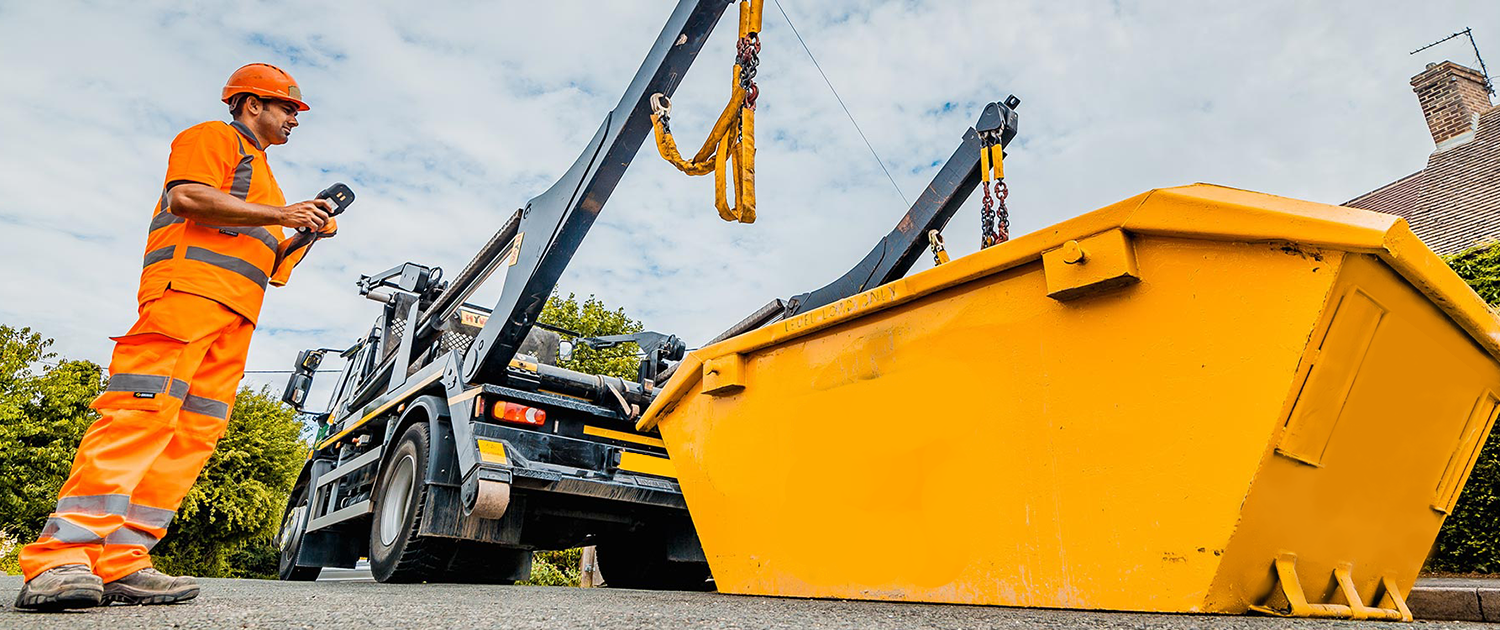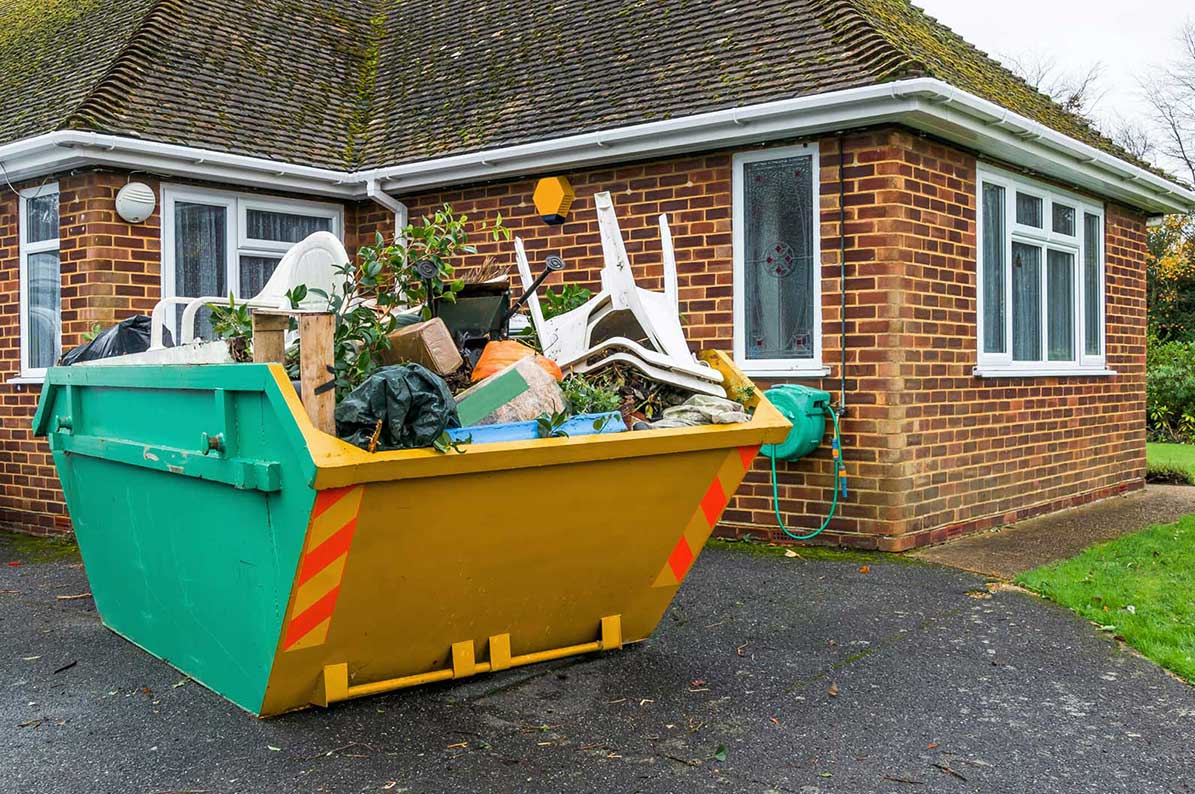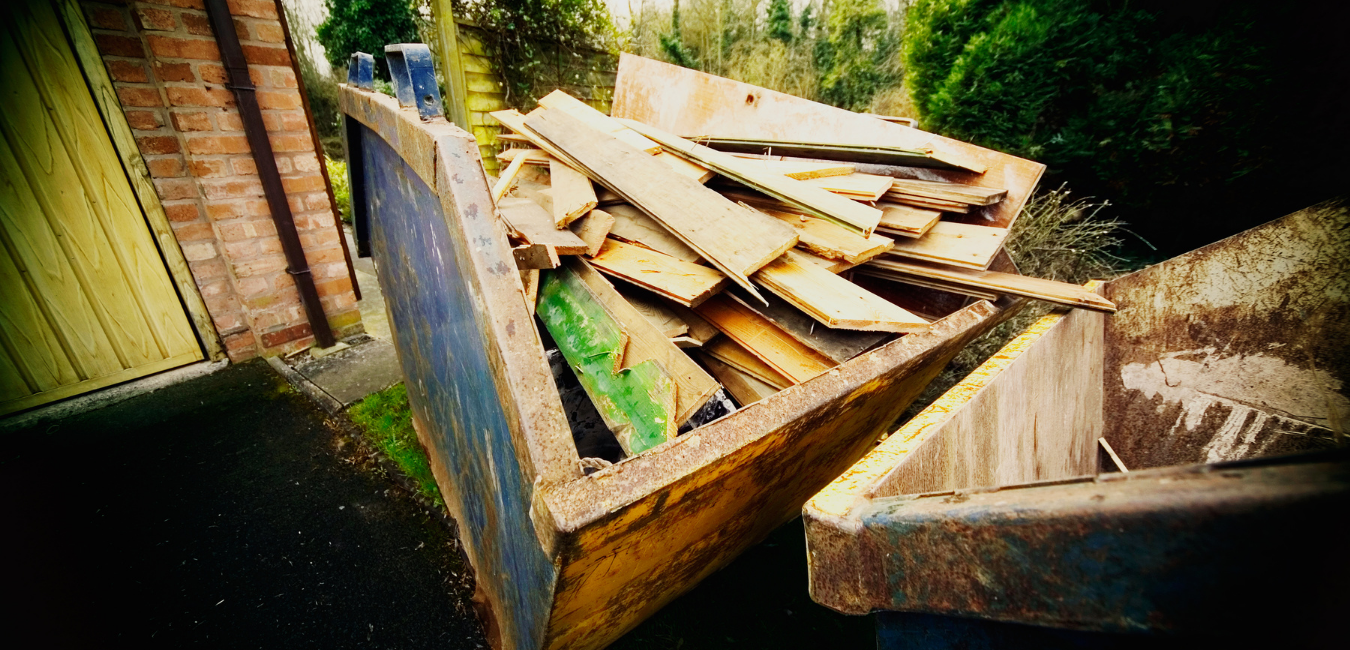A Guide to Skip Permits
Skip hire is a really easy way of getting rid of your waste. It’s also a great way to ensure you’re disposing of waste in a safe and legal manner, but you might be put off by the need for a skip permit.
At Bedford Skips, we want to help you better understand skip permits and licenses, removing the need to worry about this aspect of your skip hire requirements. While it might seem like a hurdle you have to overcome, it’s not as tricky as it first seems; here’s our guide to skip permits.
When do I need a permit for a skip?
If you’re placing a skip on your own property, the good news is you won’t need a skip permit at all. If it needs to be placed on a public highway or a pavement, then you do need a skip permit. This is essentially letting your local council know that the skip will be there so they can control the traffic in the area – if there are too many skips on one road at any given time, it could cause issues and the council may need to limit how many skips it can allow.
How do I get a skip permit?
How you get a skip permit is up to you, but a competent and professional skip hire company will often be able to arrange a skip permit for you. This takes a lot of the pressure off you, as your chosen provider will have the necessary contacts and information to quickly make the right arrangements on your behalf – just make sure you let them know your skip will need to be on the road or pavement when placing your order.
Who issues skip permits?
Your geographical location will inform who issues skip permits in your area. At Bedford Skips, we cover a number of areas, which means we would be liaising with a number of different councils depending on who the customer is and where they are based. This is the same across the country, where your area will be covered by a specific council. The following is the main council we seek permits from:
How quickly can I get a permit?
At Bedford Skips we like to offer next-day delivery on skips, because we know how important it is for you to keep your site or your home clear. However, if you require a skip permit, you may need to allow for an extra day or so in your plans as local councils can often take differing lengths of time to grant permits and licenses.
We’ll do our utmost to provide as swift a service as possible, but for those who can’t have a skip on their property, but need a rapid response, our wait and load skip hire option means you can negate the need for a skip permit altogether.
What happens if I don’t have a skip permit?
If you have a skip on a public highway or pavement, you could be subject to a fine. It’s usually the duty of the skip hire company to arrange the permit (or check the customer has one) before placing a skip, so it would be the skip company who is hit by the fine if they are not operating within the legal parameters set by the council.
For skip hire in Bedfordshire or the surrounding areas, look no further than Bedford Skips. We can discuss your project – domestic or commercial – and arrange for a skip permit on your behalf where required.




©2023 ABSS WM Limited | All Rights Reserved
Trading as Bedford Budget Skips
VAT Reg: 260705129
Company Reg: 10577917
Waste Carrier Licence: CBDU254278
Area Coverage - Cheap Skip Hire in Ampthill, Aspley Guise, Astwood, Bedford, Biddenham, Brogborough, Bromham, Campton, Cardington, Clapham, Clophill, Cople, Cotton End, Cranfield, Elstow, Great Barford, Hardmead, Haynes, Houghton Conquest, Husborne Crawley, Kempston, Lidlington, Lower Shelton, Marston Moretaine, Maulden, Millbrook, Milton Ernest, Moggerhanger, Moulsoe, North Crawley, Oakley, Ravensden, Renhold, Ridgmont, Salford, Salph End, Shortstown, Stagsden, Stevington, Upper Shelton, Willington, Wilstead, Wilden, Wixams, Wootton, Aspley Heath, Barton, Beeston, Biggleswade, Bletsoe, Blunham, Bolnhurst, Broom, Carlton, Chicheley, Chawston, Clifton, Colesden, Colmworth, Emberton, Eversholt, Everton, Felmersham, Flitwick, Flitton, Gravenhurst, Greenfield, Hatch, Harrold, Henlow, Ickwell, Lavendon, Meppershall, Newton Blossomville, Northill, Newport Pagnell, Old Warden, Pavenham, Pulloxhill, Radwell, Roxton, Sandy, Sharnbrook, Shefford, Sherington, Shillington, Silsoe, Stanford, Steppingley, Tempsford, Thurleigh, Toddington, Turvey, Upper Caldecote, Westoning, Woburn, Woburn Sands, Wyboston, Arlesey, Astwick, Bletchley, Bozeat, Eaton Socon, Eynesbury, Great Brickhill, Gamlingay, Wellingborough, Rushden, Kimbolton, Langford, Little Brickhill, Little Staughton, Lower Stondon, Melchbourne, Milton Bryan, Odell, Olney, Pertenhall, Poddington, Potton, Riseley, St. Neots, Souldrop, Staploe, Stoke Hammond, Stotfold, Swineshead, Wrestlingworth, Yardley Hastings, Yeldon. Services include skip hire, grab hire, property clearance, waste collection and more. We offer commercial skip hire, wait & load and pay-as-you-tip service at our waste transfer station located in Kempston, Bedford. Contact us on 01234 350 636 today for free, instant quote.


